Full disclosure. I’m not a director. And I do read a lot of scripts. And I do see them play out in my head.
I have always been supremely fascinated with the way great directors can take a script – essentially a collection of words – and bring forth a unified vision, a world you might say, that somehow draws you in and suspends you in glorious disbelief for two hours. Of course, it starts with the script, but I believe that the way you, as a director, approach the material is paramount to the way the finished product – the film – will eventually turn out.
And so, in my search for insight on the matter, I came across this little list by Chris Thomas on the Raindance Film Festival site. It’s by no means a definitive work on how to read a script, but it brings up five great points to keep in mind before you find yourself too far along in the process.
1. First impressions count, so read the script for pleasure
“When you either are given a script to read or you sit back to read through your own opus, there is one vitally important question to answer: Does this excite and inspire me? Everything else will hang on your response to that. Our passion for the story often dictates how much others are prepared to do to help you bring the vision to the screen. Love is infectious after all.
Our first read through should be as if we are reading a novel. There is a tendency to already begin the analysis (like we might have done when we were asked to do a book report in high school). Or worse, to treat it like a manual or instruction book. Don’t.
Have fun. The feeling you have by the end of that first read will often be the feeling you are left with when you watch the movie made from it.”
2. Be more of a detective, less of an engineer
“To direct a screenplay we have to know the screenplay. Although we can view the script as a ‘blueprint’, my experience has shown me that there are many more layers and hidden treasures beneath the surface.
As we progress through our early reads of the script, it helps to put on a deerstalker hat and look at it the way the great fictional detectives might; as a puzzle loaded with clues for its solution.
Our initial intuitions and images that pop into our head are valuable and should be recorded for later reference, but we can dig much deeper. We should be looking first for possibilities of approach to the visual storytelling, performances, production design and use of sound etc. Having a list of possibilities allows us to test them then narrow it down to the best options. If we start with one choice only, then we have at best made an assumption and not made a decision at all.”
3. Question EVERYTHING
“Come away from each read not just with possible solutions, but also with questions.
Often, much is left off the page either by necessity or mistake, and by questioning the source of the story we gain greater insight into the film it can become.
These questions also bring to light any weaknesses, glossed over motivations and overly repeated ideas that may exist, and allow a more focused development process to take place, if needed. And it’s usually always needed.
As a writer/director, this list of questions becomes invaluable when preparing to share our baby with others. We will have so much foreknowledge and acceptance of the world of the story and the motivations of our characters, that we take for granted that it is obvious in the script and to others understanding.
Be prepared to offer clarity on any confusions by questioning the script as if someone else has written it.
As we progress, using questions with our other collaborators, especially actors, is often the easiest and most dynamic way to bring them around to our understanding of the story of the film.”
4. Insight is better than knowledge
“A vital by-product of both the passion to tell this story and the amount of digging deeper we do, is that we move from a basic template knowledge of the ‘type’ of genre and style we are dealing with and get to see the unique qualities of the specific story we are telling.
By testing the possibilities and asking questions we gain something far more valuable; a deep grounded understanding of how the story should unfold, why the characters behave the way they do and how we might be able to engage our audience.
To ‘entertain’ is to hold our audience inside the world of the story. The more we can apply insight, the better chance we have of preventing them from popping out for popcorn or checking Facebook whilst our film is running.”
5. Listen to others
I have a feeling this one might be the hardest one for a lot of directors.
“As our other collaborators come on board, they will also have read the screenplay and have both ideas and questions for us as the director. I find it best to wherever possible let them speak first and share those ideas. In fact, I actively promote this by asking them to tell me the story, rather than start with how they might go about their roles in the process.
Listening with full attention and an open mind sets you in good stead to be both fully aware of the challenges you might face and also allows others to see that you value the contributions. We will need to do this from the beginning right through to the last moment in post-production in our edit, grade and mix.
Always allow yourself time to evaluate the options that arise. Put them to the test. The best way to handle a strong choice made by a fellow collaborator that seems to fly against your vision is to say ‘show me’.”



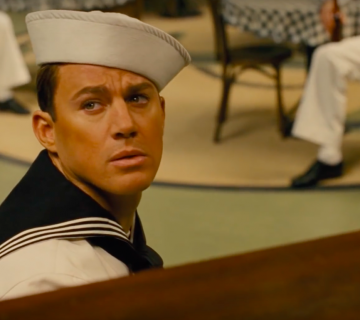
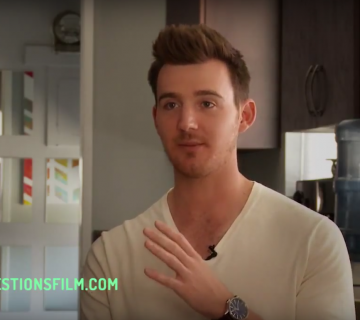
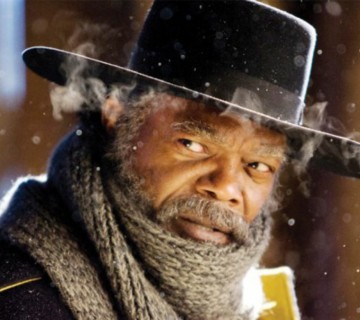
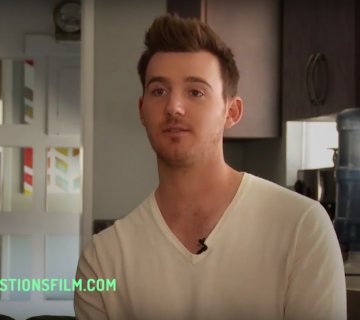
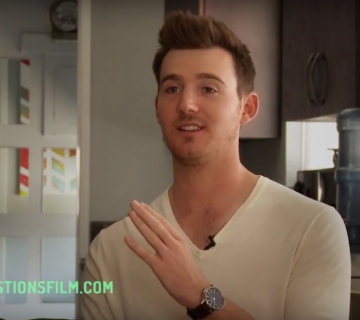

Join the Conversation →